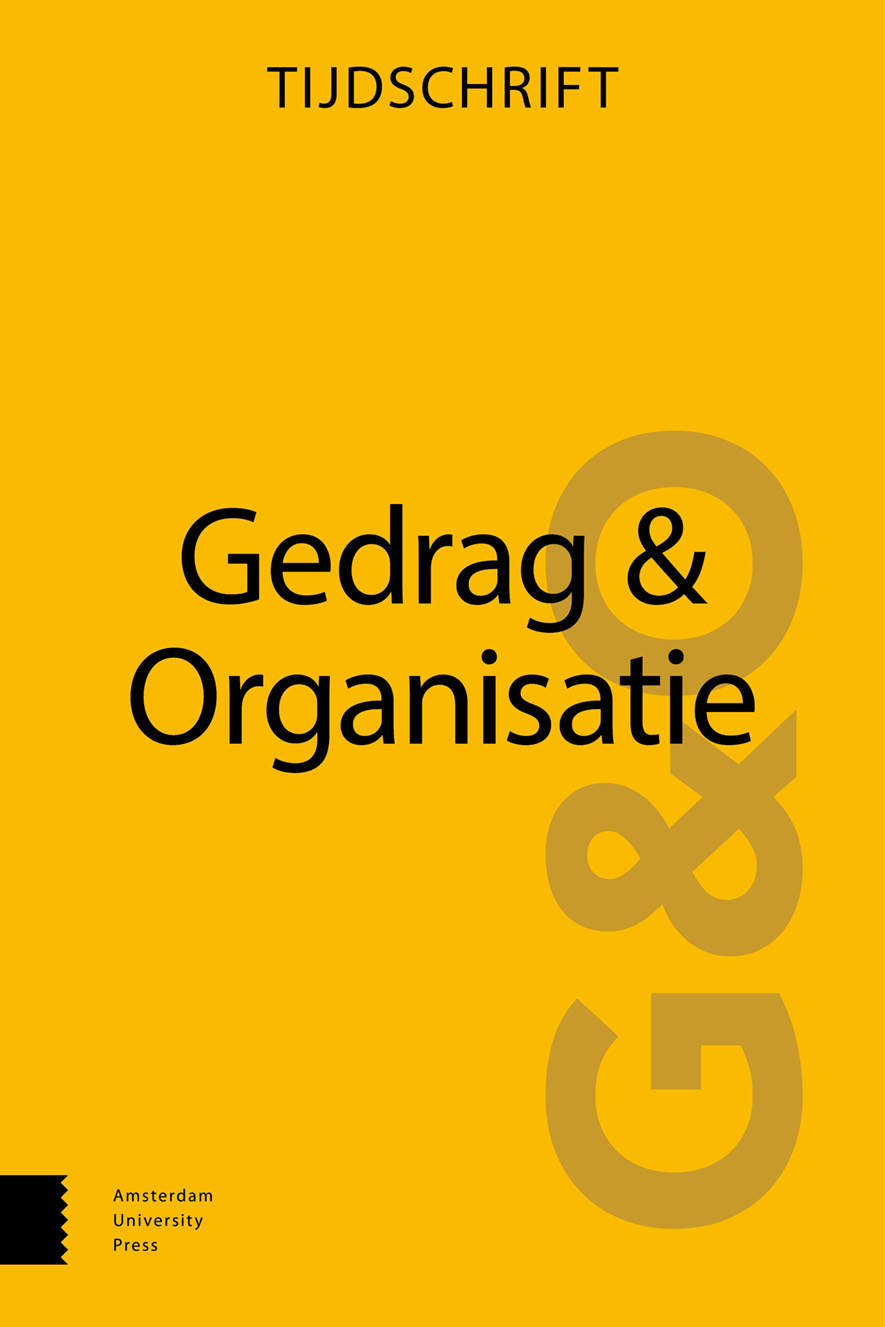
Full text loading...

Na onvrijwillig baanverlies kunnen mensen gecompliceerde rouwreacties ontwikkelen, waardoor ze het risico lopen om (langer) werkloos te blijven. Dit artikel beschrijft de uitkomsten van een promotieonderzoek naar de kenmerken, risicofactoren en gevolgen van gecompliceerde rouwreacties na baanverlies. Een eerste stap was het ontwikkelen en valideren van een instrument om gecompliceerde rouwreacties na baanverlies te meten. Uit de resultaten blijkt dat gecompliceerde rouwreacties en depressie- en angstklachten van elkaar te onderscheiden zijn en dat gecompliceerde rouwreacties op termijn kunnen leiden tot depressie- en angstklachten. Belangrijke risicofactoren voor de ontwikkeling van gecompliceerde rouwreacties zijn een sterk geloof in een onrechtvaardige wereld, een verminderd gevoel van eigenwaarde en frequent gebruik van ineffectieve copingstrategieën. In dit artikel wordt tevens de ontwikkeling van een vragenlijst voor het meten van negatieve cognities (gerelateerd aan baanverlies) besproken, en wordt een cognitief gedragsmodel geïntroduceerd om gecompliceerde rouwreacties na baanverlies beter te kunnen duiden. De onderzoeksbevindingen impliceren dat er een opeenstapeling kan ontstaan van psychologische en praktische problemen als gecompliceerde rouwreacties niet tijdig worden herkend. Het is dan ook van belang om kwetsbare individuen na ontslag te identificeren en te behandelen.

Article metrics loading...

Full text loading...
References


Data & Media loading...

